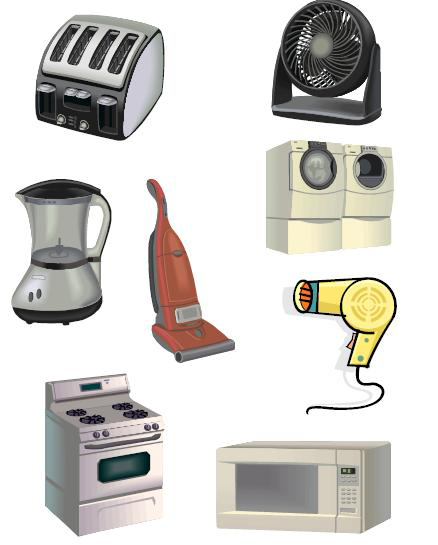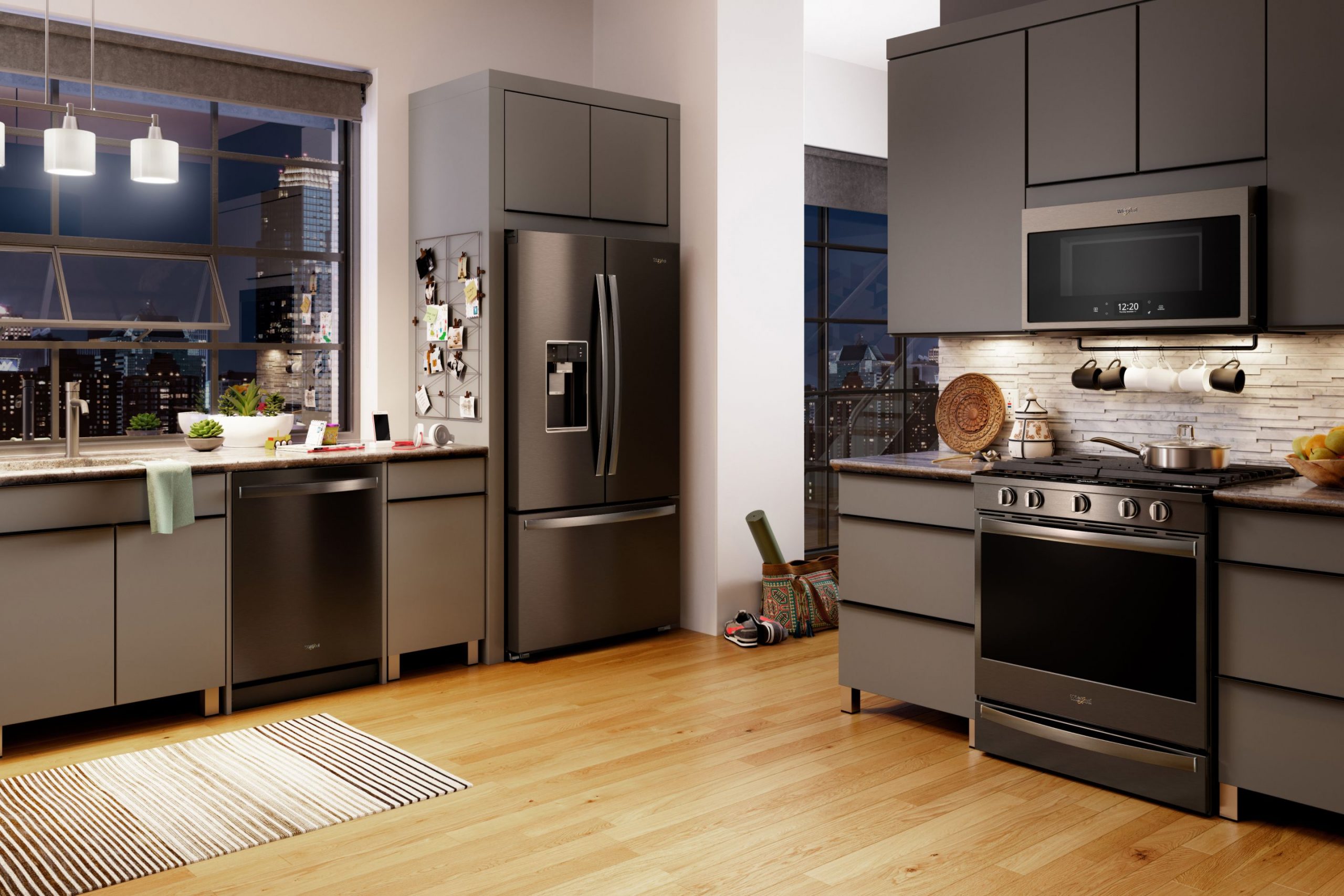Imagine a warm summer evening surrounded by friends and family in your backyard, with the tantalizing aroma of a freshly baked pizza wafting through the air. The centerpiece of this culinary adventure is your very own outdoor pizza oven.
But when it comes to choosing the right one, should you opt for the convenience of a gas pizza oven or the authentic charm of an outdoor wood burning oven? Let’s explore the pros and cons of each to help you make an informed decision.

Content
Gas Pizza Ovens
Pros:
- Convenient and Easy to Use: Gas pizza ovens are a breeze. With the simple turn of a knob, you can have your oven ready for pizza-making in no time.
- Quick Preheat: These ovens heat up rapidly, making them ideal for spontaneous gatherings or when you have a pizza craving that just can’t wait.
- Low Maintenance: Outdoor gas ovens require minimal maintenance compared to their wood-burning counterparts. There are no ashes to clean up, and they are generally easier to keep in good working condition.
- Temperature Control: They provide precise temperature control, allowing you to fine-tune the heat for various pizza styles and other dishes.
- Clean Operation: Gas ovens burn cleanly, producing little to no smoke, ensuring a comfortable cooking environment.
- Size Matters: Gas pizza ovens are typically larger than wood ovens, offering more cooking space for multiple pizzas or other culinary creations.
- Cost-Efficient: They are cost-efficient in the long run as they require less fuel than wood-burning ovens.
Cons:
- Sacrifice Flavor: While gas ovens deliver a convenient cooking experience, they can’t quite replicate their counterparts’ smoky, wood-fired flavor.
- Additional Expenses: Propane gas pizza ovens will require a propane tank, which can be an added expense. Natural gas-fired ovens will need gas lines installed, which might also incur extra costs.
Wood Fired Pizza Ovens
Pros:
- Unmatched Flavor: Wood-burning ovens are renowned for imparting a unique, smoky flavor to pizzas that gas ovens simply can’t match. It’s the closest you can get to the flavors of a traditional Italian pizzeria.
- Hotspots for Crispy Crusts: Wood ovens can create hotspots, perfect for achieving crispy, thin pizza crusts that pizza enthusiasts adore.
- Authentic Cooking Experience: Cooking with wood is a genuine, time-honored tradition that connects you to the roots of pizza-making.
- Variety of Hardwoods: You can experiment with different hardwoods like oak, cherry, or apple for a nuanced flavor profile.
Cons:
- More Effort Required: Wood ovens demand more effort from the chef. You’ll need to monitor the heat, add wood as needed, and engage in more frequent cleaning.
- Slower to Heat Up: Wood-burning ovens take longer to reach the desired temperature than gas ovens, requiring patience.
- Smoke and Ash: While the smoky flavor is a pro, it can also be a con, as wood ovens produce more smoke and ash during operation.
In the end, the choice between a gas or wood-burning outdoor pizza oven comes down to your personal preferences and needs. If convenience, quick cooking, and low maintenance are your priorities, a gas pizza oven might be the perfect fit. However, if you’re a culinary purist who craves that authentic wood-fired flavor and doesn’t mind a bit of extra effort, then a wood-burning oven is your ticket to pizza perfection. Whichever you choose, the joy of outdoor pizza-making will undoubtedly be a highlight of your gatherings.

Christine Kelley is a dedicated home blogger who has been blogging for over six years. She covers everything home related. Christine also loves writing posts about her travels to Europe with her husband and two children.












